RS232
RS232 (Recommended Standard 232) is a widely used serial communication protocol for data transfer between computers and peripheral devices. It defines standards for electrical characteristics and timing, signal significance, and physical connectors to ensure that reliable data exchange can occur between different devices.
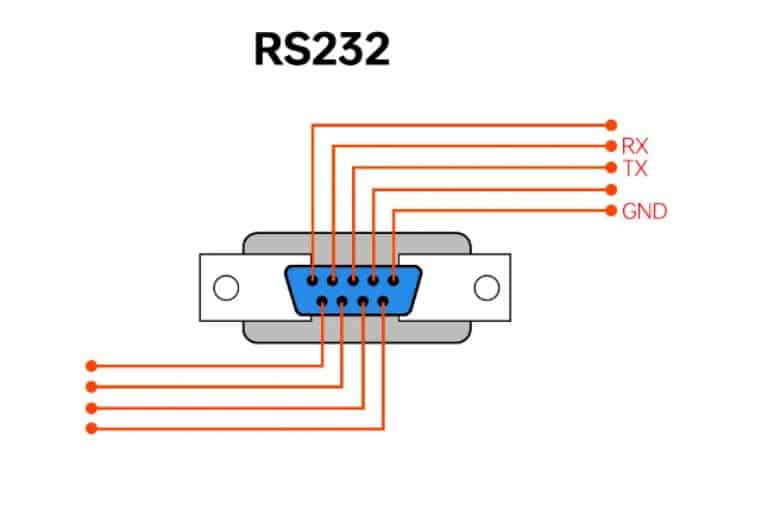
RS485
RS485 (Recommended Standard 485) is a robust serial communications standard designed for industrial and multipoint network applications. It provides higher noise immunity and longer transmission distances and is the preferred choice for many industrial and commercial communication systems.
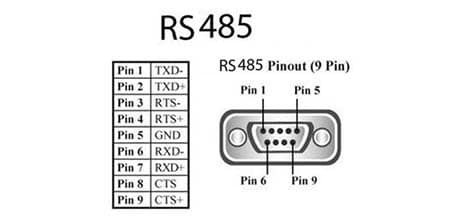
RS232 vs RS485
This table covers a detailed comparison of RS232 and RS485 in a number of areas, making it easy to understand the differences and application scenarios of these two communication standards.
| Feature | RS232 | RS485 |
| Communication Mode | Point-to-point (single sender to single receiver) | Multipoint (multiple senders and receivers) |
| Maximum Number of Devices | 1 transmitter and 1 receiver | 32 transmitters and 32 receivers (expandable up to 256) |
| Transmission Distance | Up to 15 meters (50 feet) | Up to 1200 meters (4000 feet) |
| Signal Voltage | Single-ended signal relative to ground, typically ±12V | Differential signal, typical range ±1.5V to ±5V |
| Interference Immunity | Low, susceptible to electromagnetic interference | High, differential signal offers higher immunity |
| Data Transmission Speed | Up to 20kbps (theoretically up to 115kbps) | Up to 10Mbps |
| Wiring Requirements | Minimum 3 wires (TX, RX, GND) | Minimum 2 wires (A, B, usually GND as well) |
| Connector Type | Typically uses DB9 or DB25 connectors | Typically uses DB9 or screw terminals |
| Typical Applications | Connecting computers to peripherals (e.g., mice, modems) | Industrial automation, building control, remote monitoring |
| Topology | Direct connection (point-to-point) | Bus, star, ring |
| Protocol Support | No inherent protocol, requires software protocol control | Typically supports Modbus, Profibus, etc. |
| Electrical Standard | TIA/EIA-232-F | TIA/EIA-485-A |
| Signal Lines | Single-ended, TXD and RXD transmit separately | Differential, A and B transmit |
| Flow Control Method | Supports hardware flow control (RTS/CTS) and software flow control (XON/XOFF) | Supports hardware flow control (RTS/CTS), but less commonly used |
| Power Supply Requirements | Usually does not provide power to devices | Can be bus-powered (for some applications) |
| Clock Synchronization | No clock synchronization required | No clock synchronization required, but differential signals help with synchronization |
| Installation Cost | Lower cost | Higher initial cost, but cost-effective with expansion |
How to choose the right communication protocol?
Choose according to transmission distance
If your monitoring system needs to cover a long distance or if different monitoring points are far apart, RS485 is definitely the best choice. Conversely, for shorter distances, RS232 is more than adequate.
Selection based on communication mode
If your system needs to connect only one monitoring device to the host, RS232 will suffice. However, if you need to build a network containing multiple monitoring points, the multi-point communication capability of RS485 will greatly simplify system design and deployment.
Selection according to environmental interference
In environments with high electromagnetic interference, such as industrial sites, RS485’s immunity to interference makes it a more reliable choice. And in laboratories or environments with less interference, the simplicity and low cost of RS232 is an advantage.
- RS232: Suitable for short distance, single-point communication, commonly used in portable or laboratory water quality analysis instruments, such as portable pH meter, portable dissolved oxygen meter, portable conductivity meter and laboratory multi-parameter water quality analyzer.
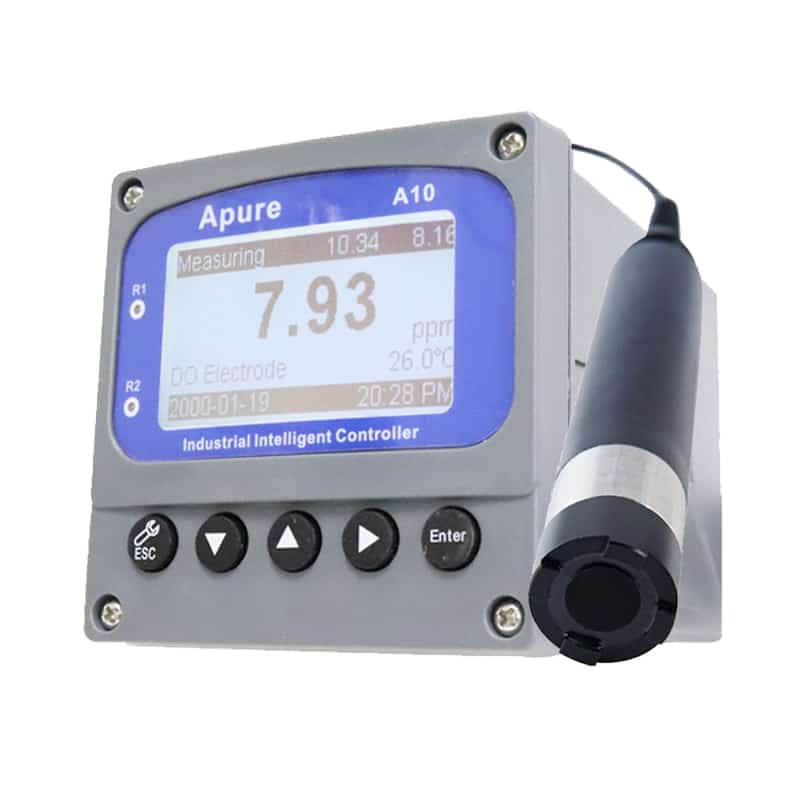
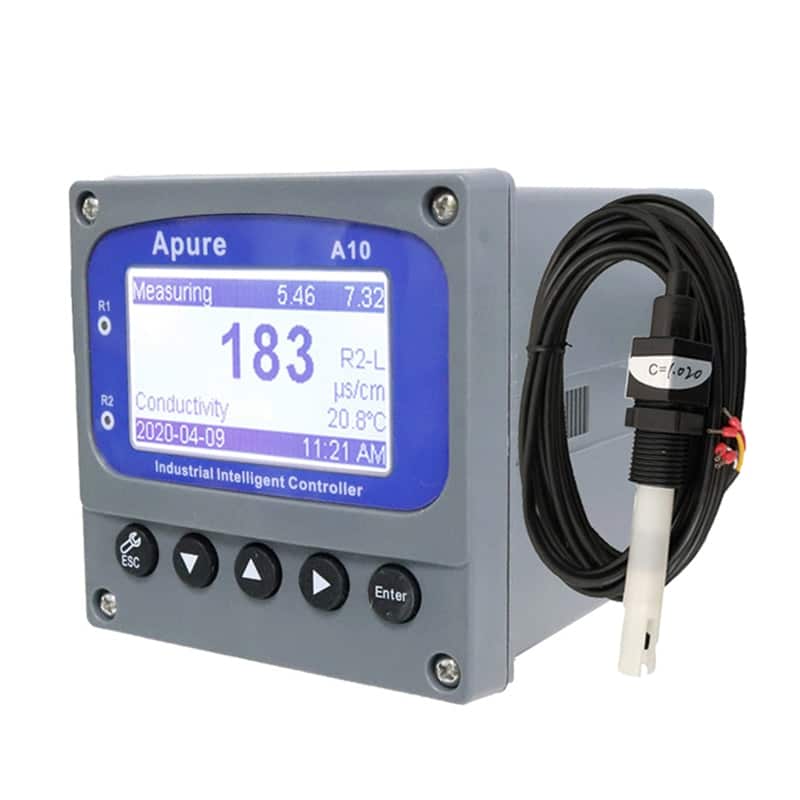
- RS485: Suitable for long-distance, multi-point communication, commonly used in online water quality monitoring system and complex monitoring network, such as online pH sensor, online dissolved oxygen sensor, online conductivity sensor, multi-parameter water quality monitoring station and online turbidity meter.
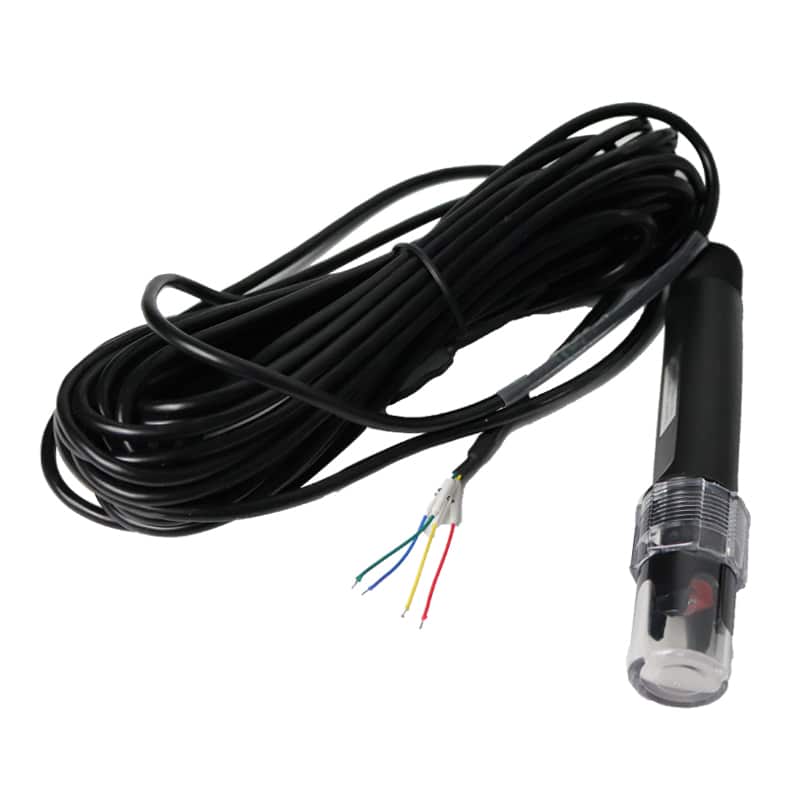

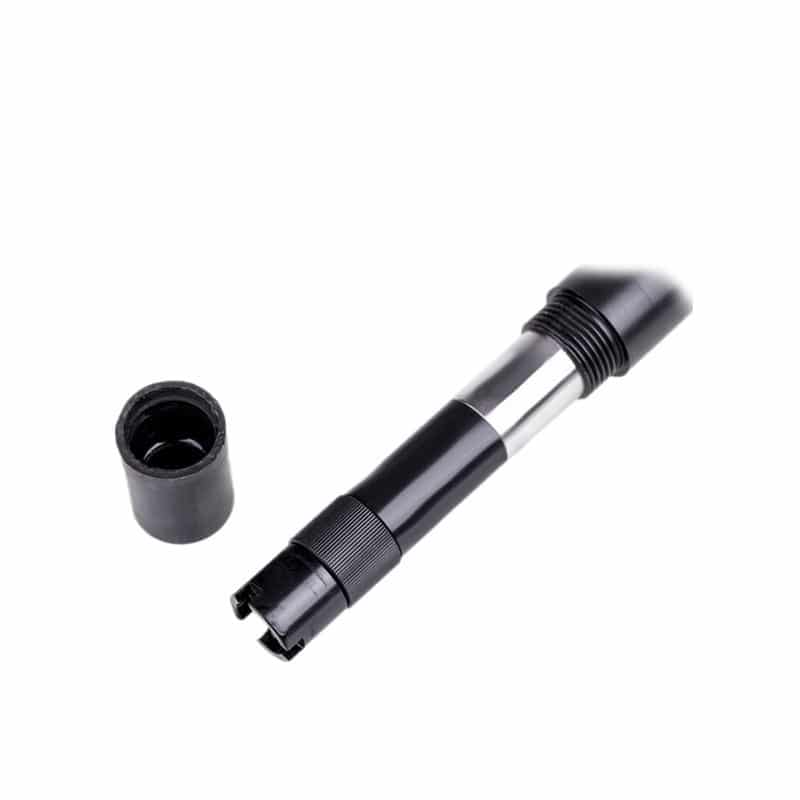

FAQs
Under what circumstances should I choose RS485?
If there is a need to cover long distances or multipoint communication, or if there is strong electromagnetic interference in the environment, RS485 is a more suitable choice.
Is RS232 obsolete?
Although RS232 is gradually being superseded by other protocols in some demanding applications, its simplicity and low cost make it still important in many small and portable devices.
Is it possible to use both RS232 and RS485?
It is possible to use both RS232 and RS485 in a system, depending on the needs of the different devices and applications. Integration of multiple communication methods is possible through proper interface conversion and protocol management.
How to ensure the stability of RS485 communication?
Ways to ensure the stability of RS485 communications include the use of high-quality cables, proper wiring and grounding, appropriate termination resistors, and, in the case of high environmental interference, shielded cables and differential signaling.
What are the typical applications of RS485 in water quality monitoring?
Typical applications of RS485 in water quality monitoring include large-scale water monitoring networks, industrial wastewater monitoring systems, and environmental monitoring programs that require long-distance data transmission.
Summary
In the field of water quality monitoring, choosing the right communication protocol is crucial to ensure accurate and reliable data transmission. rS232 and rS485 each have their own advantages and are suitable for different application scenarios. For short distances and simple connections, RS232 is a reliable and economical choice. For complex systems that require long distances, multipoint communication and immunity to interference, RS485 offers greater flexibility and stability.
Apure offers water quality testing instrumentation, flow, level, pressure and temperature measurement equipment. Please contact us if you need more information.
